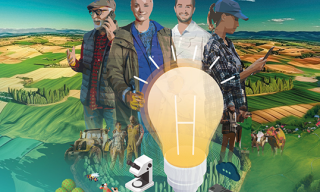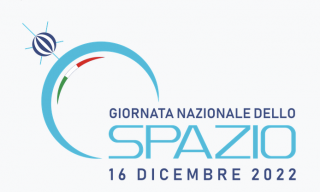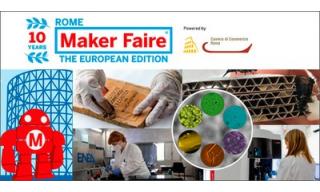Release of the SIMBA Project Video
The SIMBA project is very happy to announce the release of the SIMBA project video. The video was developed to showcase the SIMBA project to the general public, highlighting the importance of the microbiome research and the impact the SIMBA project will have on lives of Europe’s citizens.
The SIMBA project is very happy to announce the release of the SIMBA project video. The video was developed to showcase the SIMBA project to the general public, highlighting the importance of the microbiome research and the impact the SIMBA project will have on lives of Europe’s citizens.
The video explores the pressure population growth is putting on our food systems and how microbial applications could be a solution for growing nutritious and affordable food for everyone in Europe. For anyone who is new to the SIMBA project, the video describes how SIMBA researchers are working to find ways to use microbiomes from the land and sea to provide food security for all.
Again, for anyone new to this field of study, the video provides an explanation of microbiomes and examples of their applications in the agriculture and aquaculture sectors. Microbiomes are communities of microorganisms such as bacteria, viruses, fungi, and algae, together with all of their biological interactions. These communities are invisible to our eyes but are found everywhere including the air, soil, water, plants and animals.
While most of us are familiar with the everyday use of microorganisms in the fermentation processes behind bread, cheese and yoghurt production, the video highlights some of the other applications of microbiomes. In the soil, microbiomes interact with plants to help them absorb more nutrients, increase growth and help plants develop resistance to pests, diseases and other stresses like drought or excess salt. This can increase crop yield and reduce the need for chemical fertilisers in soil. In marine environments, microbiomes help us to grow algae such as seaweed, which is widely considered a food of the future for both people and fish.
The video provides just a snapshot of the work being done by SIMBA researchers. In other areas of the project for example, work is being done on how microorganisms can also be applied in food processing to enhance the nutritional quality of food by reducing antinutrients and improving bioavailability of nutrients. It is impossible to capture all of the incredible work being done by SIMBA partners in just one video but anyone who wants to find out more can visit the project website: simbaproject.eu.
The project video is also available on the project website, as well as on YouTube and Vimeo. The aim of the video is to showcase the SIMBA project to the general public, so we would encourage everyone to share the video with anyone who might be interested!







